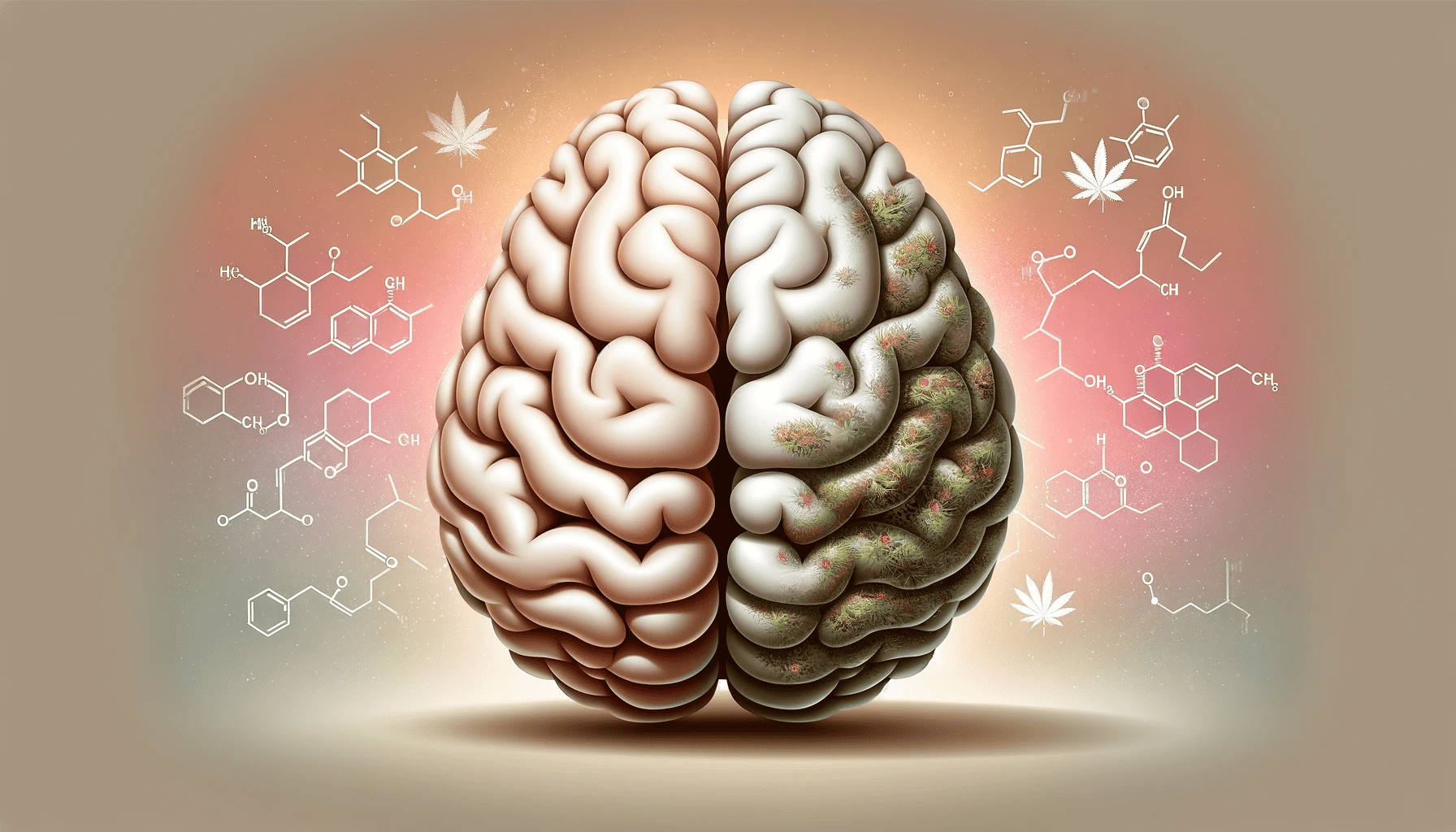
Researchers at Johns Hopkins Medicine have explored how marijuana’s primary active ingredient, THC, could affect the developing adolescent brain. Though their recent study was conducted on mice, the results hint at potential risks for structural brain changes that could impact conditions like schizophrenia.
The microglia-marijuana connection
Microglia are the primary immune cells of the central nervous system and have a supporting role in the development of the brain. They are especially critical during the teenage years when they help shape neural connections necessary for learning and social interaction.
By treating both genetically modified and regular mice with daily doses of THC during their adolescence, the scientists uncovered some concerning effects. Post-treatment assessments showed that the THC-treated mice experienced a rise in microglial cell death compared to control mice that only received a saline solution.
This effect was even more pronounced—by 33%— in mice designed to simulate a higher risk for psychiatric conditions. This was especially pronounced in the prefrontal cortex, the command center for executive functions.
A depleted microglial population might lead to misfiring in cellular communication, the researchers say. The mutated mice receiving THC confirmed this fear, demonstrating a 40% drop in social memory compared to saline-treated mice, the authors reported in the journal Nature Communications.
“Recreational and medical marijuana use is rapidly expanding in the United States and abroad, and teens are especially vulnerable to long-term negative effects of THC,” says Atsushi Kamiya, professor of psychiatry and behavioral sciences at the Johns Hopkins University School of Medicine.
“We know THC is psychoactive, and its concentration in marijuana plants has increased four times in the last 20 years, posing a particular danger for adolescents who are genetically predisposed to psychoactive disorders including schizophrenia.”
Caution warranted
Despite the initial concerns, the path from mouse to human is not straightforward. A 2006 review that looked at studies where medical interventions were tested on animals found only 37% were replicated in subsequent human randomized trials and 18% were contradicted in human trials.
Atsushi Kamiya, the study’s lead author, advises that while the animal models suggest a cautionary tale, direct translation to human adolescents should be viewed with skepticism. Yet, with marijuana’s growing societal acceptance, the need for more research is all the more important.
“More research is needed, but we strongly advise caution in marijuana use by teenagers,” states Kamiya.
Earlier, a 2023 study found heavy marijuana use may trigger schizophrenia, particularly in young men. This study examined the health records of nearly 7 million Danish citizens and determined that up to 30% of schizophrenia diagnoses — around 3,000 in total — could have been prevented if young men hadn’t abused marijuana.
However, this kind of research does not prove that cannabis use disorder causes schizophrenia. Such a causal relationship can only be determined by a randomized controlled trial. Nevertheless, the connection should raise some eyebrows and warrant further investigation.
Like in other parts of the world, marijuana in Denmark has become increasingly strong — from 13% THC in 2006 to a staggering 30% in 2016. This isn’t your old man’s weed anymore.
The new microglia study on mice may serve as a mechanism that explains the relationship between cannabis and the onset of certain mental conditions in people who are genetically predisposed to them. It’s worth noting that it is impossible to prove with 100% certainty there’s a causal link between schizophrenia and any environmental factor. That’s because we lack an animal model of schizophrenia.
To the best of our knowledge, only people suffer from this mental condition. Psychosis has never been observed outside of our species.


